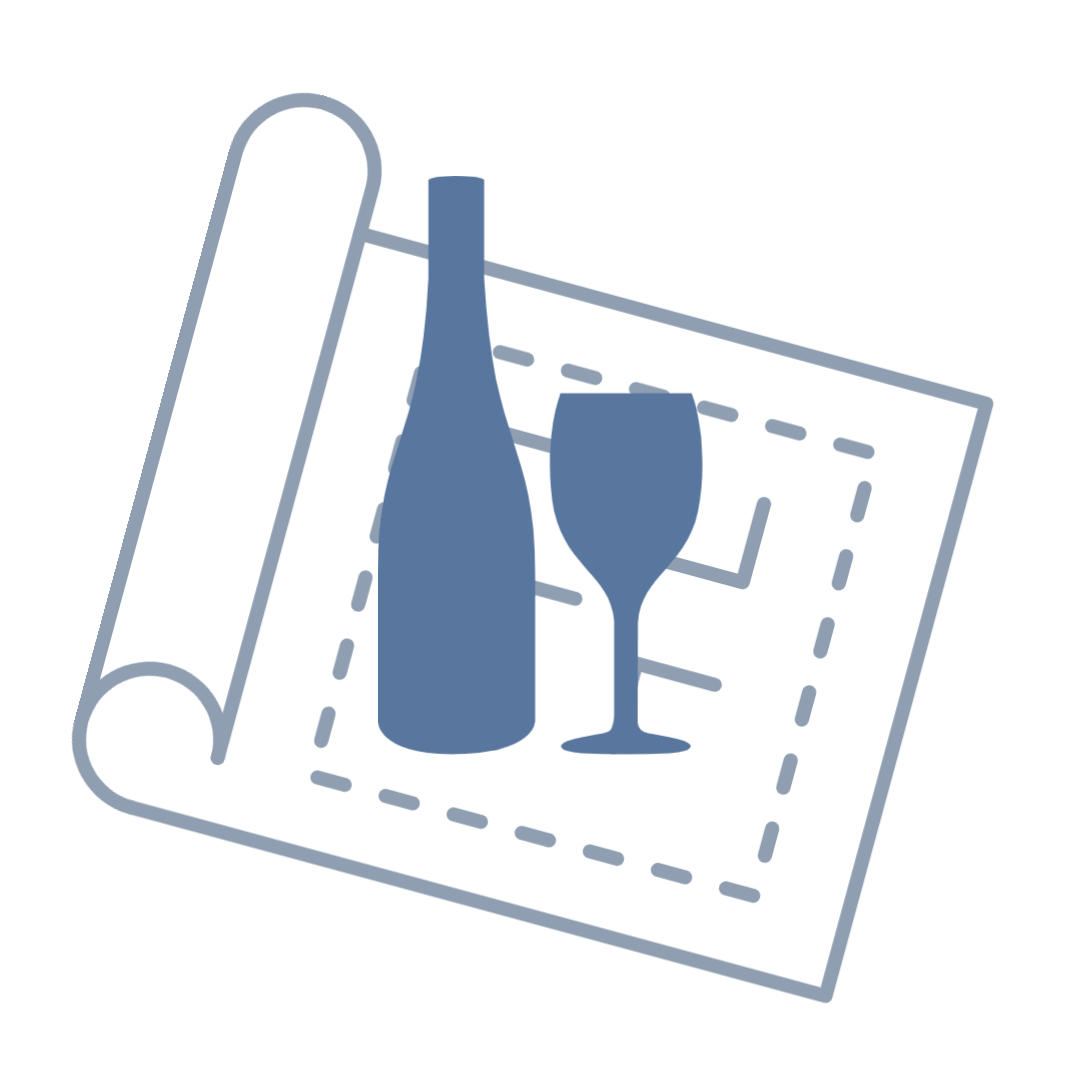Money, money, moneeeeyyy,
I won’t bury the lede with the happy weekend talk.
Price is one of the things preventing you from enjoying wine more.
Beginners see wine as expensive, and they are afraid to move out of the their comfort zone.
But as you understand wines’ price, you become a better consumer.
- You buy with confidence.
- You become more adventurous.
- You understand what it takes to make great wine.
By learning the components of price, you look beyond number. You see the value in what you’re drinking.
But price is complicated, so let’s break it down. Today, we’re going to tackle one component: place.
Wine Is Expensive Because Wine Is About Place.
In wine, the rule of real estate applies:
Location, location, location.
Think about buying a bottle of wine like you would buy a new home.
You want it to have:
- great neighborhood
- fantastic schools
- ideal weather
The same is true for wine.
Wine In A Great Neighborhood
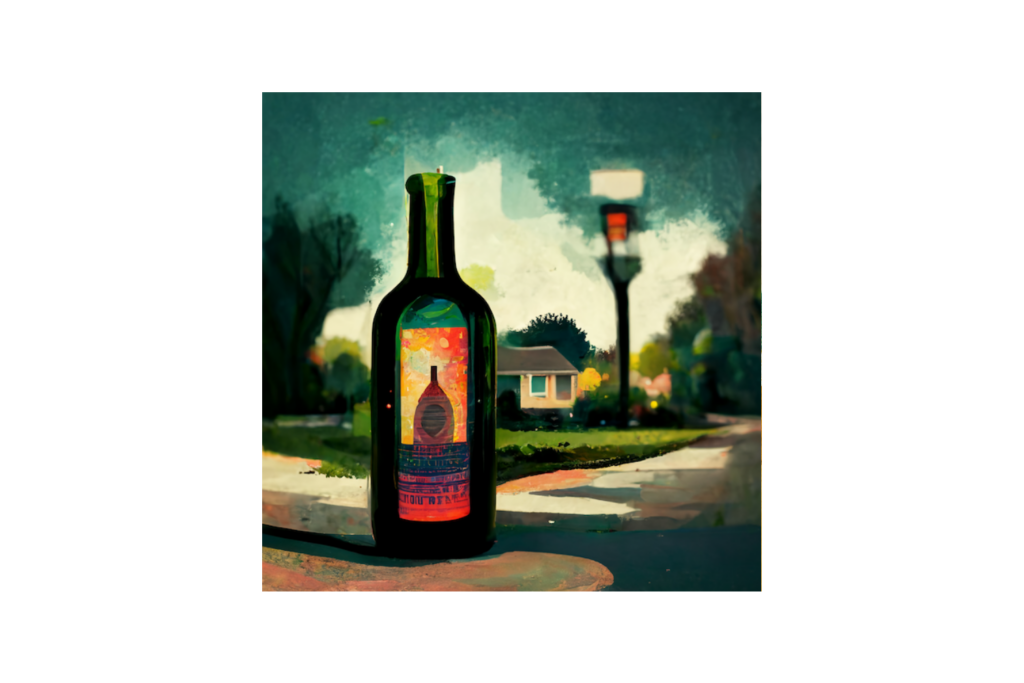
Think of a wine’s neighborhood as the approximate source of grapes. The more specific the place you want to live the higher the price.
A real world example would be:
New York City < Manhattan < Upper East Side < 5th Avenue
In terms of wine:
Burgundy < Côte de Nuits < Vosne-Romanée < Romanée-Conti
The first being a region and the last being a Grand Cru vineyard—home of the world’s most expensive and delicious wine.
Wine With Fantastic Schools
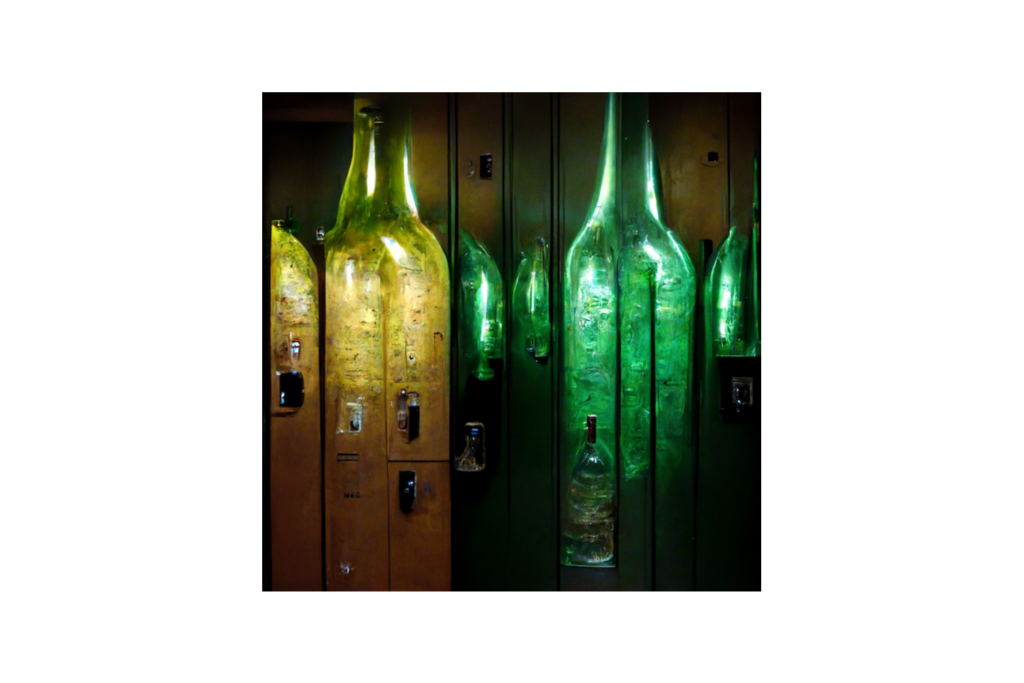
You can think of schools as wine making traditions.
Some places have been making wine for a very long time. As a result, they have a history of producing wines that people love. This is like a world-class public school system that offers opportunities, resources, connections, and community.
Like school, technology has disrupted where/how wine can be made. And now great wine can be made anywhere.
But it’s hard to upset tradition. So in the marketplace, a degree from Yale looks better than one from YouTube University.
Name recognition is going to cost you, because it seems like a guarantee.
Wine With Ideal Weather
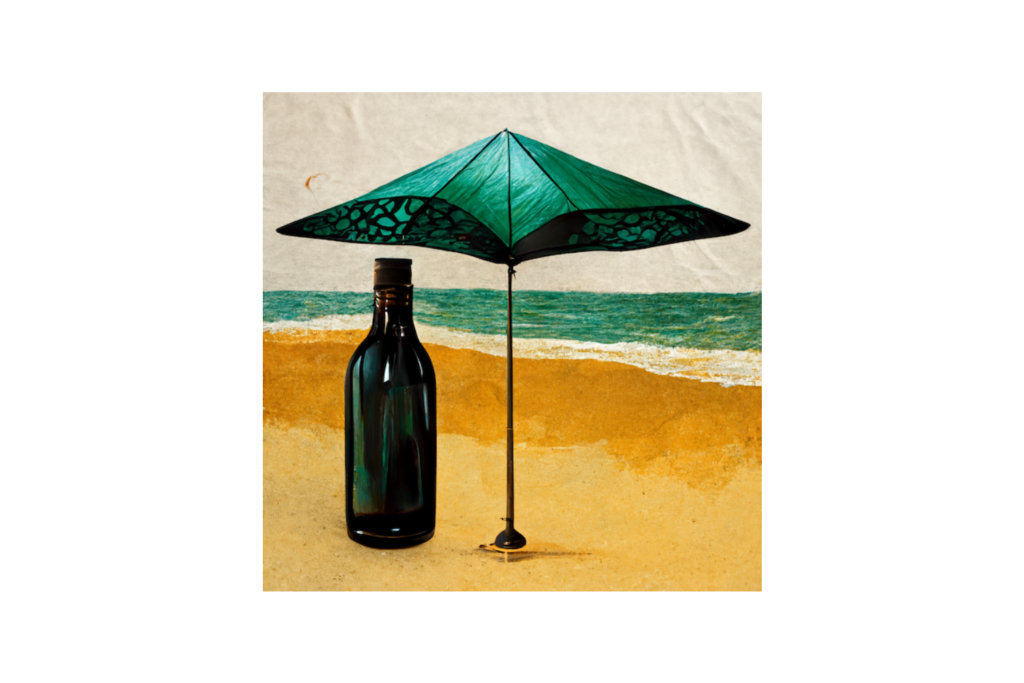
Weather for wine is similar to weather for people. Some us like the desert, others would prefer a chilly, sea-side breeze. Each grape has a certain way it likes to live.
Wine grapes need the right combination of sunlight and heat. This is influenced by things like:
- the position of the vineyard
- changes between daytime vs. nighttime temperatures
- fog
- ocean breezes
- rivers
- mountains
Given the right mix of weather, a grape can live a wonderful life before becoming wine.
And when the grape has been given the advantage of great weather, great taste and higher price typically follow.
What Understanding Place Means For You
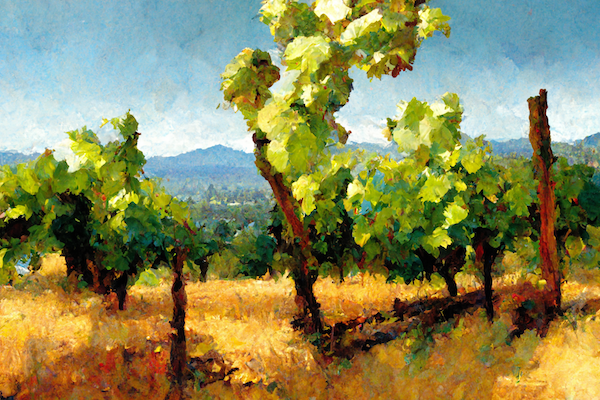
Does Place Guarantee a Perfect Wine at the Perfect Price?
If only. Place is one indicator of price.
For example, let’s take Napa Valley.
Napa Valley Cabernet Sauvignon costs you more because of name recognition. It means those grapes come from 43,000 acres of vineyards.
Drill down a sub-region like Oakville. If you see Oakville on the label, you’re talking about smaller area: 5,000 acres.
And if you’re referring to Screaming Eagle, a wine that sells for close to $3000 a bottle, that’s sourced from 48 acres.
But for Screaming Eagle, there’s a lot more than place affecting price. More on that in Part 2 (coming soon).
How Does Place Impact Your Wine Buying?
Place helps you find an advantage.
For example, everyone wants Cabernet Sauvignon from Napa Valley?
Well, maybe another grape like Merlot is undervalued here. Or perhaps you should try Cab from somewhere else?
Place helps you explore more of the wine world.
If you’re like me, you’re drinking Côte-du–Rhone on the regular.
Why not consider something from Saint Joseph, Crozes-Hermitage, or Vinsobres—sub-regions, more specific inside Côte-du-Rhone?
Try out these strategies and see if you can taste the difference.
That’s the secret:
Are you willing to pay more for wines because you like they way they taste from a particular place?
After all, this is about you and trusting yourself.
The trust takes time, but first you got to buy.
Actioning On Place and Price
This may seem like homework, but don’t worry, it’s optional. But taking action on these lessons is going to help you learn them.
So here’s how you can apply today’s lesson:
- Shop With A Critical Eye For Place
- Go to a great wine shop and find your favorite type of wine.
- Look at its label and look at wines nearby.
- What factors of place can you see contributing to price?
- Step Out Of Your Comfort Zone
- Take your favorite bottle and find the same grapes made somewhere else for roughly the same price.
- What advantage/disadvantage did you find?
- Did you find something more/less specific at that price point?
This Week’s Free-Run Juice
Free-run juice is a wine term for the grape juice that comes from their own weight prior to pressing. These are weekly tidbits that came out from my own wine exploring.
We Don’t Talk About Sulfites, But Let’s Talk About Sulfites.
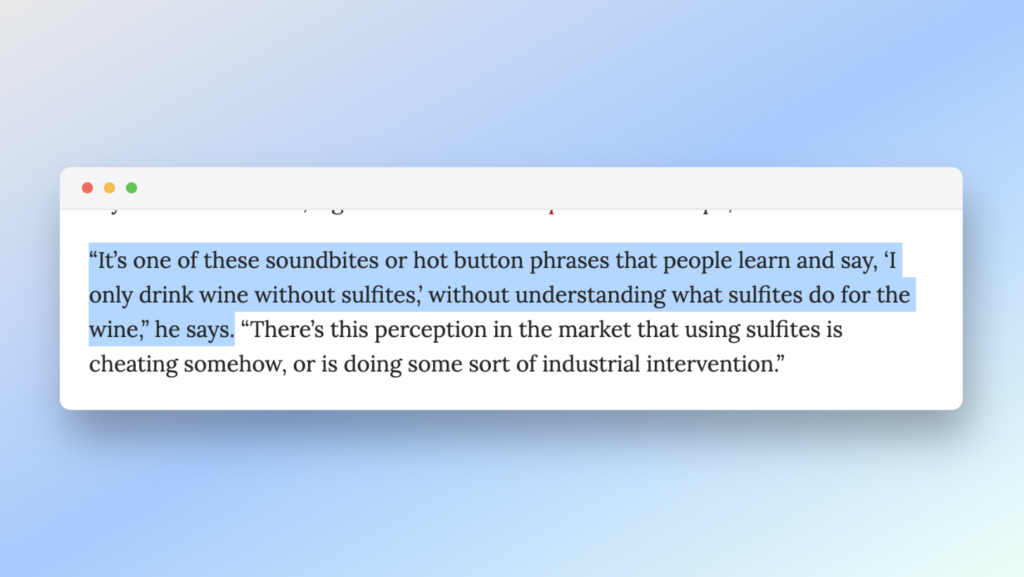
I get it every time I tell someone I’m into wine: the sulfites question.
I’m tired of it, but I have my answer ready on autopilot.
But, I understand beginners like you need an answer and might need to know more than something I’ve memorized. So, this article is the best explanation I’ve seen, and it’s full of wine people I love and admire.
Read this for answers to all your questions on sulfites, and feel free to send it to that one friend who is overly-concerned about everything.
Jancis Retweeted
This week, I was chatting about about South African wine on Twitter (trust me, you’ll get there before you know it. And I got the notification below.
I can die a happy lad.
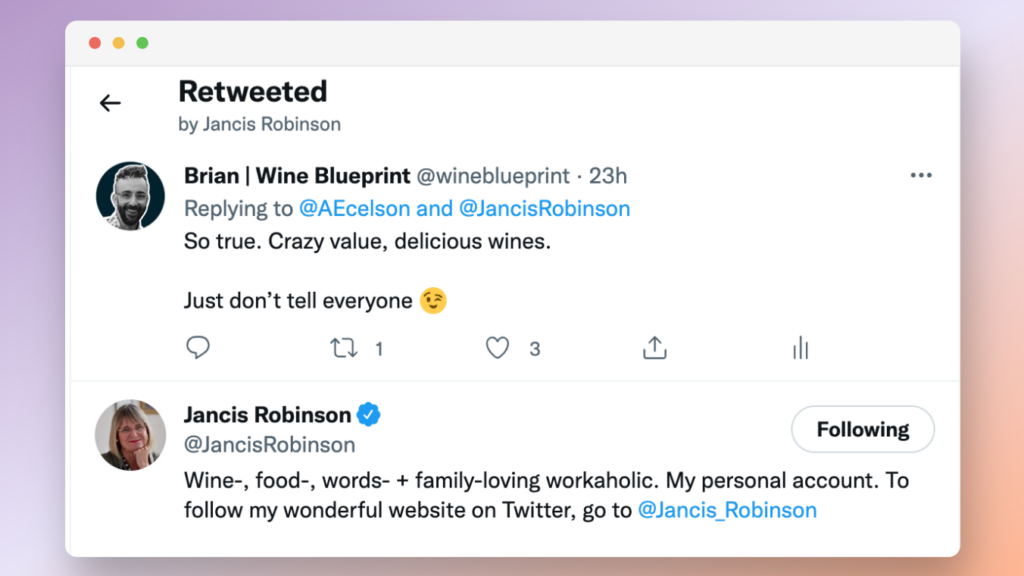
Zero To Wine: My Newest Project
First of all, I have to say thanks to everyone who reads, replies, and reaches out.
Because of your encouragement, I’m working on a fresh approach to teaching wine learning fundamentals called Zero To Wine.
It’s early, and right now, I’m looking for feedback.
If you want to help out, just send me a DM on Twitter with the “zero” in it.
How did you feel about the art in today’s email? It was all produced by AI. It’s something I’m exploring and enjoying, and I hope you think it’s as thought provoking as I do.
Ready to commit to wine learning?
Increase your wine confidence one weekly newsletter at a time.
New issue comes out every Friday
Unsubscribe at any time.
